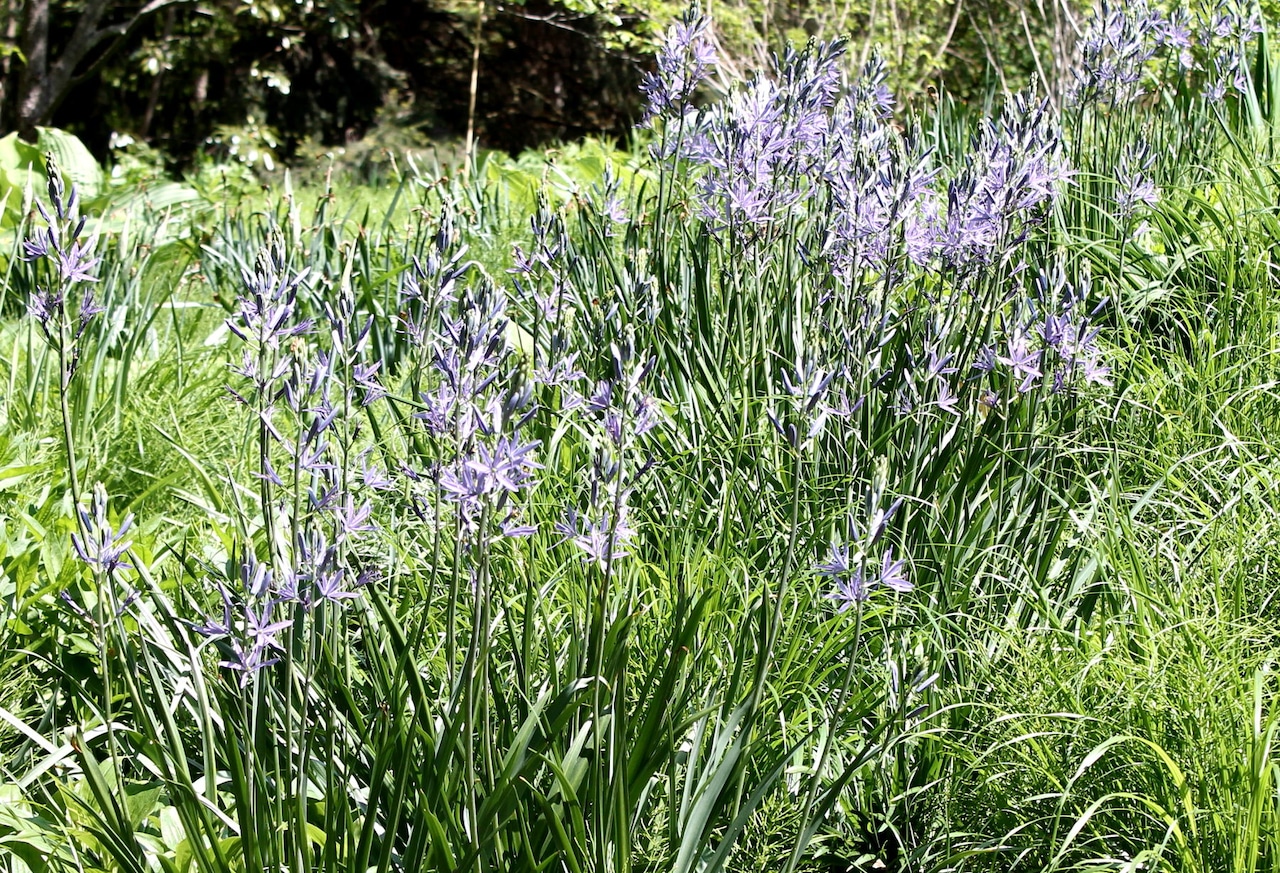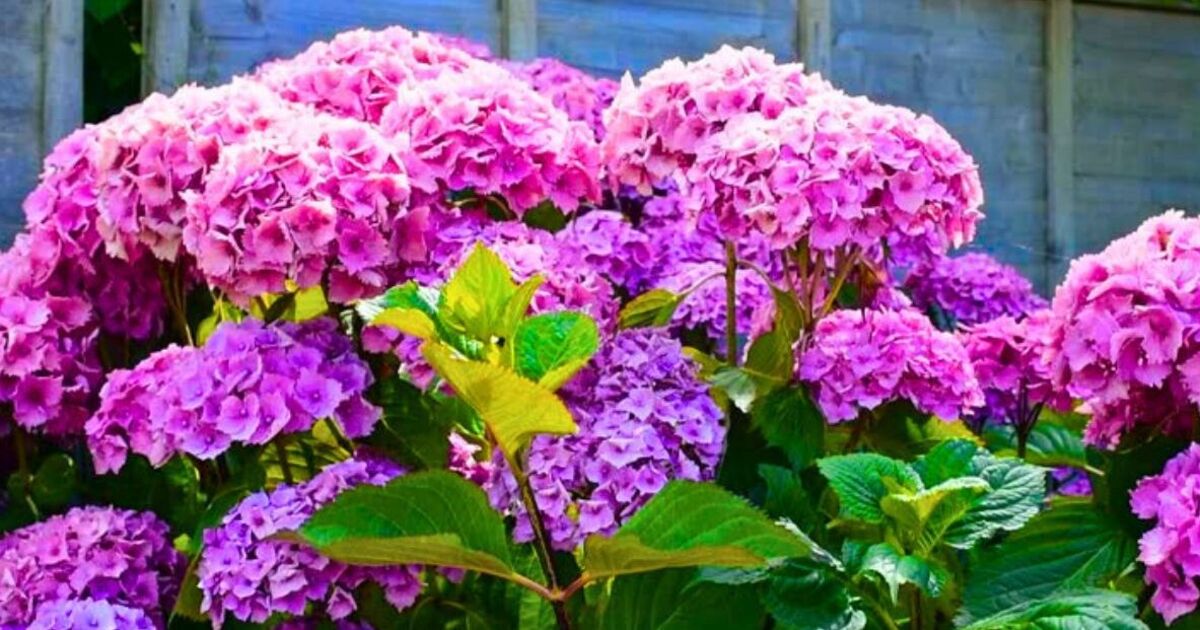Gardening enthusiasts are always on the lookout for unique, picturesque additions to add to their space. Camassia, also known as Wild Hyacinth or Indian Hyacinth, is a beautiful native U.S. species and this week’s plant pick. This unusual spring-flowering bulb is not a common sight in home gardens, making it an intriguing choice for those seeking variety.
Belonging to the Camassia family, these plants produce enchanting foot-tall spikes of blue star-shaped flowers. Their blooming season extends from May to June, with the flowers appearing in a bottom-to-top sequence on the spikes. Apart from their stunning features, their trouble-free nature, reliability to naturalize well, and resilience against deer and rodents make them an uncomplicated addition to any garden.
One of Camassia’s unique traits is their ability to tolerate and thrive in moist soil conditions. This characteristic sets them apart from most bulbs, which fail to survive in wet soil, making them susceptible to rot. The damp soil tolerance makes Camassia an excellent candidate for those wet spots where daffodils and tulips fear to tread.
Apart from their prominent blue or purplish-blue bloom colors, Camassia also offers pink and white varieties to add a dash of pastel hue to your garden. Those looking to decorate their indoor spaces would be pleased to know that these plants make beautiful cut flowers too.
In terms of size, most Camassia types grow up to two to two-and-a-half feet tall, including the flower spikes. However, there’s an exception to this stature in the form of Camassia scilloides, a species native to Pennsylvania, which grows up to a shorter one to two feet. Planting these bulbs six inches apart is recommended for a lush display.
Choosing the right location for your Camassia bulbs is crucial. As with most bulbs, they look best when planted in a sizable group, especially considering their naturalizing capability. However, they can also be seamlessly blended into any bulb planting or perennial garden. Given their ability to tolerate damp soil, they are perfect for a rain garden. They bloom best in full sun to light shade.
Caring for Camassia plants involves planting the bulbs in October. The strappy foliage will emerge in early to mid-spring, followed by the flower spikes in May and early June. The flower spikes can be cut off after they bloom, but the foliage must be kept in place until it yellows, signaling entry into the dormant phase for the rest of the year. During the spring, scattering the ground with Bulb-tone, Bulb Booster, or a balanced organic fertilizer is a good practice.
Camassia bulbs can be dug up, divided, and moved either at leaf cutback time or during the fall. Just be careful not to slice into them during the moving process.
When it comes to partner plants, Camassia doesn’t necessarily require another plant type to enhance its appeal. However, if you are planting them in small quantities, they pair well with pastel-colored perennials that also bloom around the May/June timeframe, such as salvia, catmint, hardy geraniums, and iris. Some of the best May-blooming shrub partners for Camassia are deutzia, lilac, weigela, and viburnum.
In conclusion, with its beautiful blooms, adaptable nature, and easy care requirements, the Camassia affirms its place as a worthy addition to any gardening endeavor. A native treasure to grow, this plant’s unique characteristics and charm are sure to enhance the beauty of any garden and bring joy to the gardener.




